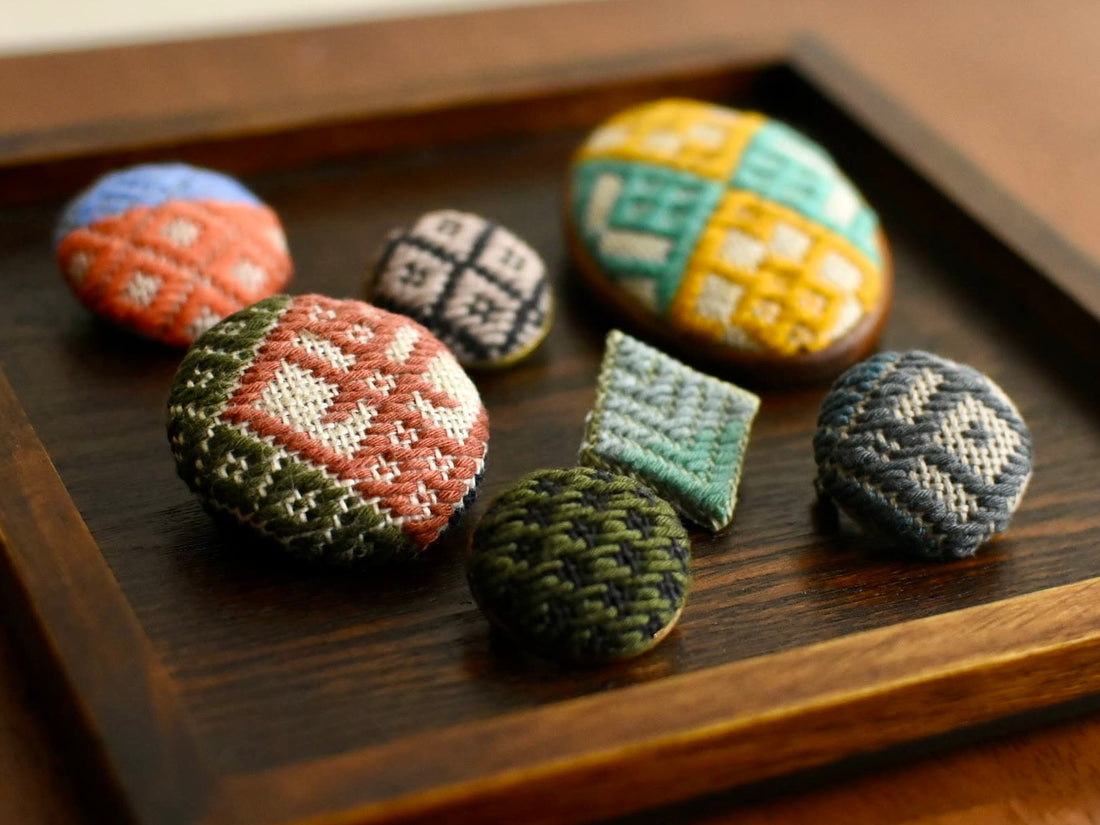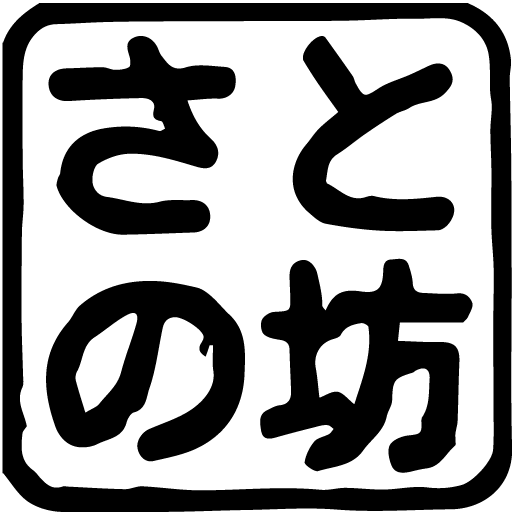
What is Koginzashi-like?
The other day, I wrote a blog with the title, " What is the Koginzashi pattern? " This time, I will be thinking about the ``Koginzashi-ness'' in relation to that.
◆Appropriate stereotypes
The other day I was talking with my aunt about making a Kogin brooch. When my aunt asked me how I choose the designs, I answered that I combine patterns or cut out parts of the designs, and she told me that I didn't have to force the patterns to fit in the middle, and that my fixed ideas were getting in the way. There are some words that will give you a hint.
It is a word that is often used in stereotypes and negative situations, but if we consider that kogin-zashi was passed down in its own form (cloth with kogin-zashi, kogin), rather than in writing, women in the past were As we look at other people's kogin, we naturally develop an appropriate stereotype , and that stereotype develops into something that expresses ``Kogin-zashitaruya'' (cloth with kogin-zashi stitches), and as a result, we now have the I thought that the outline of Tsugaru Kogin-zashi, which is recognized as "traditional Kogin-zashi", has been clarified.
As expected of the women of Tsugaru, who express themselves with appropriate limits and have clear commonalities, I felt that thank you.

◆The gift of Efurikogi?
Perhaps the proper Efurikogi (pretentious and stylish in the Tsugaru dialect) also had some influence on the development of the Kogin-zashi pattern? That's what I thought, but I would like to think about this a little more deeply.
*Stereotype: An idea that always sticks in a person's head and restricts their thinking (Shogakukan)
*Efurikoki, Efurikogi (Tsugaru dialect)...To look cool, to show off.
Satonobou
